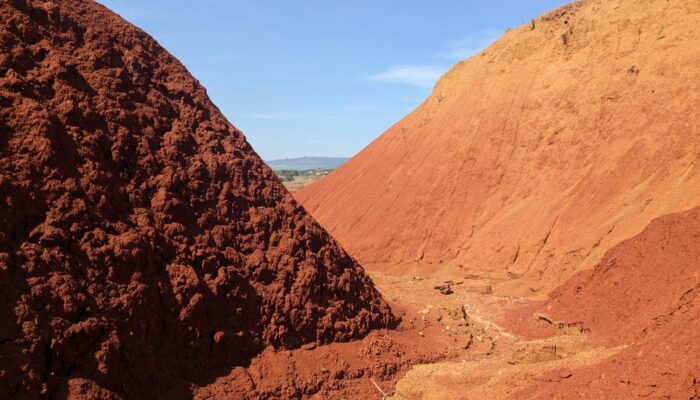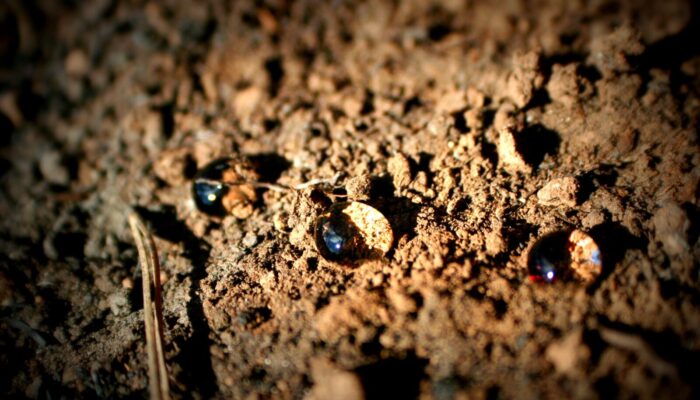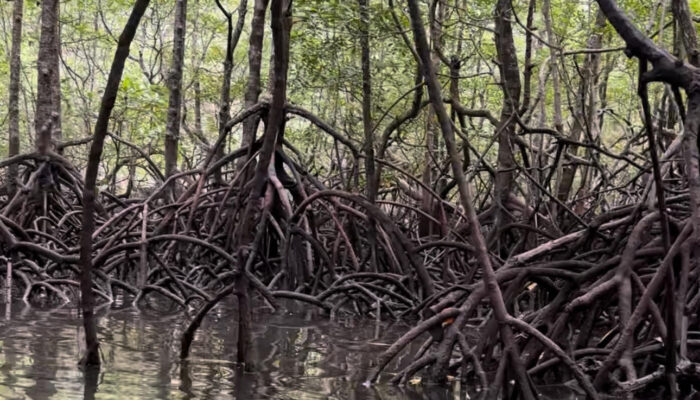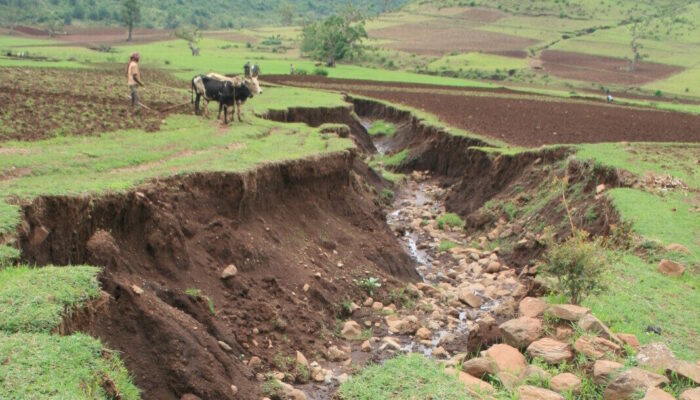Happy International Soil Day (5 December)! Today, we’re celebrating the incredible capacity of soil organic carbon (SOC) to fight climate change. But hold the celebratory cake! A paper in the journal SOIL by Raza et al. (2025) has exposed an unexpected scientific blind spot, and it’s a bit surprising! The paper, titled “Missing the input: the underrepresentation of plant physiology in ...[Read More]
The living skin of our planet: Why a world soil health index is our next great global scorecard
Next time you’re outdoors, in a park or anywhere where there is no pavement, look down at the patch of earth beneath your feet. To many people, it’s just mud, dirt, or maybe soil, something passive that things grow in. But to a soil scientist, that handful of soil represents a dynamic ecosystem that supports an incredible 95% of all the food we eat, filters every drop of our drinking water, ...[Read More]
Mangroves: Our coastal guardians of soil, biodiversity, and climate
Mangrove forests, rare tidal woodlands at the interface of land and sea, are extraordinary ecosystems that bridge freshwater and marine environments. These forests support rich biodiversity and invaluable nursery habitat for fish and crustaceans, while also providing food, shelter, and cultural resources to millions of coastal communities. Think of mangroves as sea walls: their dense, prop-root ne ...[Read More]
Can we mend our Earth, one gully at a time? New research reveals that the answer is YES!
Imagine losing your land – little by little – to deep, destructive trenches carved by rain and flowing water. This is what gully erosion does, a problem that has been devastating several communities worldwide. Ethiopia’s Aba Bora Watershed, the subject area of a recent study published in the EGU open access journal, SOIL, is located in the Oromia region and is a part of the larger Baro ...[Read More]




